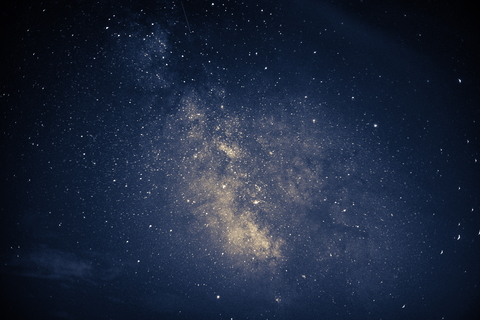Overview
The PHANGS collaboration has been building a reference dataset for the multi-scale, multi-phase study of star formation and the interstellar medium in nearby galaxies. With the successful launch and commissioning of JWST, we are now conducting an imaging survey with NIRCam and MIRI in 8 bands from 2-21μm of 19 nearby spiral galaxies. For the first time, the high-resolution and sensitivity of JWST allow for a census of the youngest stellar populations and dust emission on the scales of star clusters and molecular clouds (∼5-50 pc) in galaxies beyond the Local Group. The PHANGS-JWST survey is designed to enable a complete inventory of star formation, accurate measurement of the mass and age of star clusters, identification of the youngest embedded stellar populations, and characterization of the physical state of small dust grains. When combined with Hubble catalogs of star clusters, MUSE spectroscopic mapping of HII regions, and ALMA-identified molecular clouds, it becomes possible to measure the timescales and efficiencies of the earliest phases of star formation and feedback, build an empirical model of the dependence of small dust grain properties on local ISM conditions, and test our understanding of how dust-reprocessed starlight traces star formation activity, all across a diversity of galactic environments. In this talk, I will give an overview of PHANGS-JWST Treasury survey, and present some of our first results based on the remarkable imaging obtained in the first few months of science operations.
